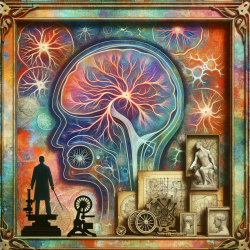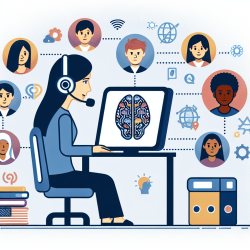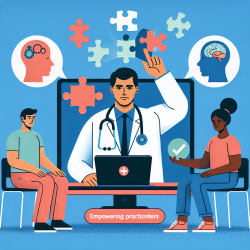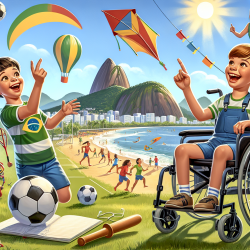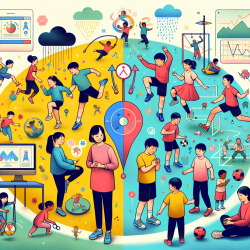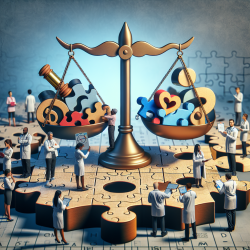Introduction
The intersection of art and medicine offers a unique lens through which we can understand the historical context and evolution of medical diagnoses. The research article "Neurocutaneous Syndromes in Art and Antiquities" by Ruggieri et al. provides a comprehensive review of how these syndromes have been depicted in art throughout history. This exploration not only enriches our understanding of these conditions but also provides valuable insights for practitioners seeking to enhance their diagnostic skills and knowledge.
Understanding Neurocutaneous Syndromes
Neurocutaneous syndromes are a group of genetic disorders characterized by abnormalities in the skin, central and peripheral nervous systems, and eyes. These conditions can also affect other organs such as the heart, lungs, and kidneys. The research highlights how historical art and antiquities have depicted individuals with these syndromes, offering a visual narrative that has influenced medical perceptions over time.
Art as a Diagnostic Tool
Art has long been a medium through which human conditions are expressed and understood. The study by Ruggieri et al. examines various artworks, from ancient drawings to more recent portraits, that depict individuals with neurocutaneous syndromes. These depictions have often led to speculation about the medical conditions of the subjects, sometimes leading to misconceptions. However, they also provide a rich resource for medical practitioners to refine their diagnostic skills by recognizing historical patterns and manifestations of these syndromes.
Implications for Practitioners
For practitioners, understanding the historical context of neurocutaneous syndromes can enhance diagnostic accuracy and patient care. Here are a few ways practitioners can apply insights from this research:
- Historical Awareness: Recognizing the historical depictions of these syndromes can help practitioners understand the evolution of medical knowledge and avoid past misconceptions.
- Visual Diagnosis: Art can serve as a visual tool for recognizing symptoms and manifestations that might not be immediately apparent in clinical settings.
- Encouraging Further Research: The study encourages practitioners to delve deeper into the historical and artistic representations of medical conditions, fostering a broader understanding of their field.
Conclusion
By integrating historical art and medical research, practitioners can gain a richer understanding of neurocutaneous syndromes. This not only aids in improving diagnostic skills but also inspires further research into the historical context of medical conditions. For those interested in exploring this topic further, the original research paper offers a detailed examination of these fascinating intersections.
To read the original research paper, please follow this link: Neurocutaneous syndromes in art and antiquities.
